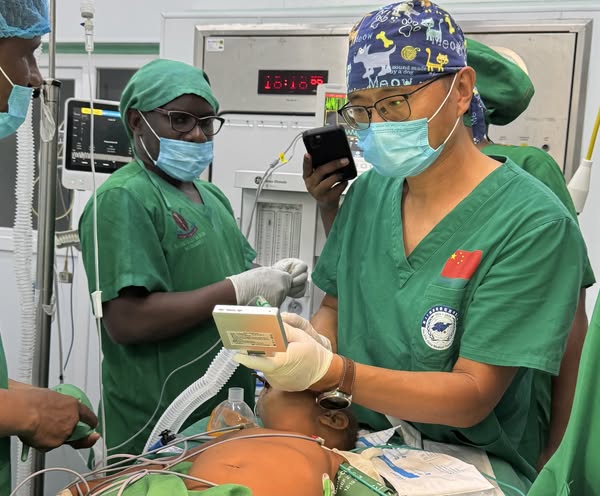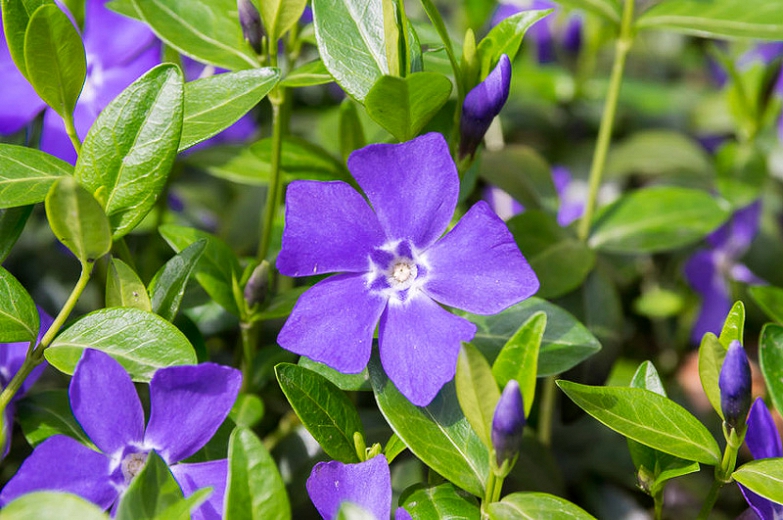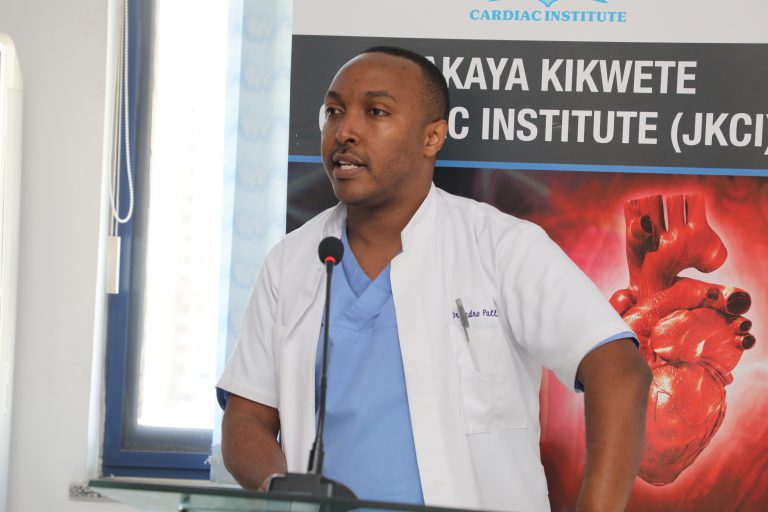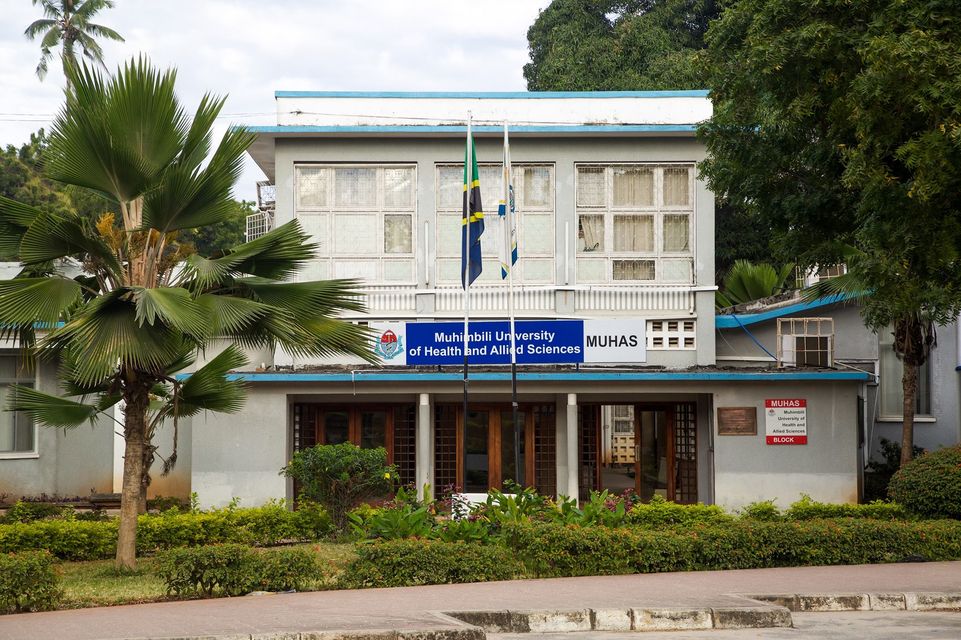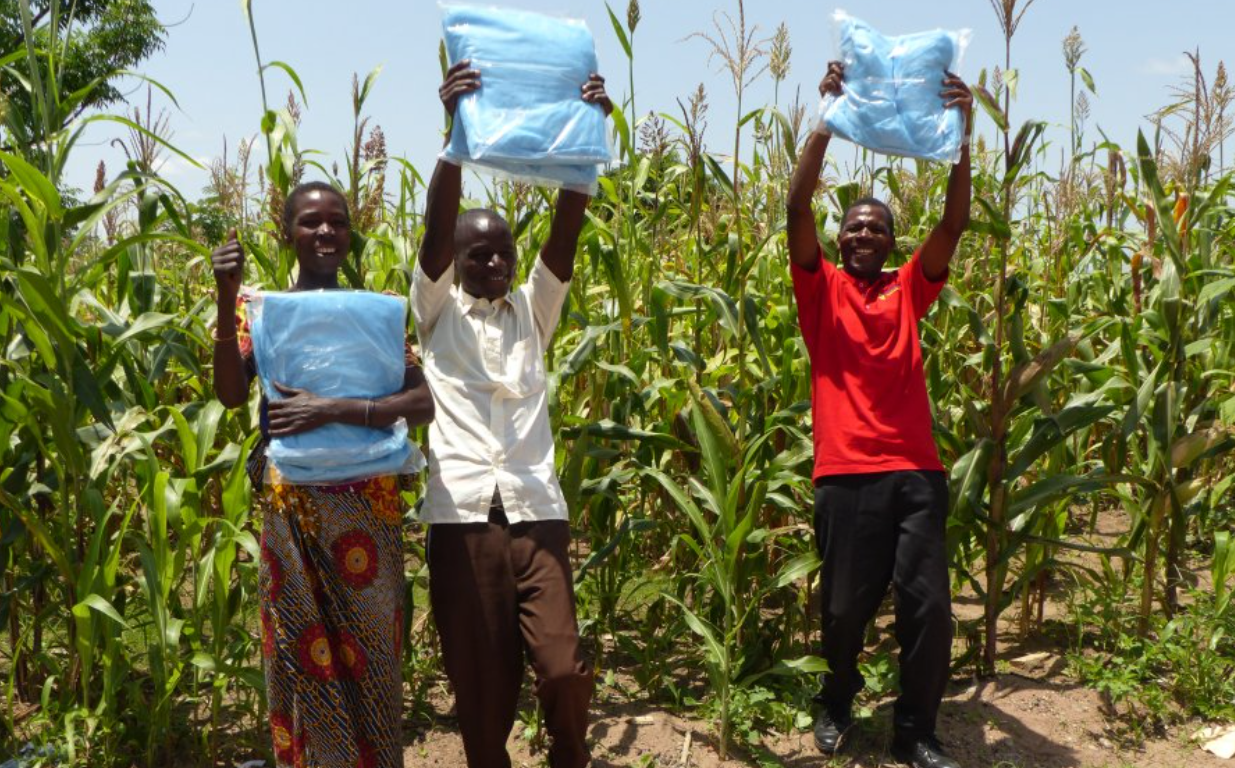Ornament or remedy? A plant with sweet-smelling white pink and sometimes blue flowers, known as the Madagascar periwinkle, is popular in homes and gardens across the world as a decoration. Scientists named it Catharanthus roseus—the species of an evergreen shrub. Nature is thrilling and beautiful, isn’t it?
But underneath the natural green beauty lies a stark reality. Never, that is, unless you or your loved ones were diagnosed with certain forms of malignancies such as leukemia or breast cancer.
So, here is the reality.
A life-saving anti-cancer medication Vincristine marketed as Oncovin, which originated from this plant, is in high global demand. The demand, is also getting higher for similar medicines which were historically derived from plants or fungi.
A cancer medicine being highly needed amid a rise in the incidence of chronic diseases seems obvious, though. So, what’s new?
The rising demand for such medicines that owe their origin to nature, has led to a concurrent demand for medicinal plants and fungi, with consequences on diversity of life on Earth. What’s more, in some parts of the world, these plants and fungi still play a vital role for healthcare systems as traditional medicines. The fear is, what could happen if they disappear?

We are now being called upon to safeguard them and save Mother Nature for our future health— and recent findings by scientists have highlighted the urgency of this task.
Data collected by over 20 scientists from around the world has revealed that medicinal plants and fungi are being unsustainably harvested, threatening certain species.
Their review was published on 29th September (2020) in the journal Plants People Planet, led by Dr Melanie-Jayne Howes, a phytochemist based at the department of Natural Capital and Plant Health of the Royal Botanic Gardens Kew in the United Kingdom.
Findings say the demand for medicinal plants and fungi is causing “biodiversity loss and depletion of natural resources that are important for the health of humanity.”
A powerful medicinal plant, Wood’s Cycad, is on the verge of extinction, as listed by the International Union for Conservation of Nature (IUCN). It mainly originates from oNgoye Forest of KwaZulu-Natal, South Africa.
Also becoming rare is the Pacific yew, an evergreen plant which is a source of the anti-cancer drug called Paclitaxel sold as Taxol, known for treating ovarian and lung cancer.
On the IUCN’s red list of threatened species are six medicinal fungi. One of them is called eburiko, now possibly extinct in Spain. The Chinese caterpillar fungus, known in science as Ophiocordyceps sinensis is also vulnerable, researchers say.
Ray of hope
But as science and technology advances, there is new hope for safeguarding essential medicines derived from plants and fungi.
From using powerful imaging techniques to engineering of plant, fungal and bacterial cells, the scientists are studying the ways they can produce artificial compounds with medicinal potential while still preserving nature.
On the frontline of the research project is Dr Jayne Howes. Somewhere in the lab at Surrey, South East of England, she is busy. Her local action has global impact. Dr Howes has wide-spread tentacles through co-authors of the review, the scientists from as far as China, United States, Netherlands, Africa, Germany, India and Ecuador.
She and the team are generating knowledge that will help us understand how plants and fungi survive and adapt to their environment. In return, this could propel the efforts to find global health solutions.
The scientists are banking on community-wide efforts to organise and share data, enlisting people far and wide who have knowledge of medicinal plants or are aware of data on the therapeutic qualities of molecules found in nature.
Effort shown by the researchers signals a positive impact on future generations, says Dr Sajjad Fazel, a public health researcher from the department of Cancer Epidemiology and Prevention Research at Alberta Health Services, in Canada who didn’t work on the review.
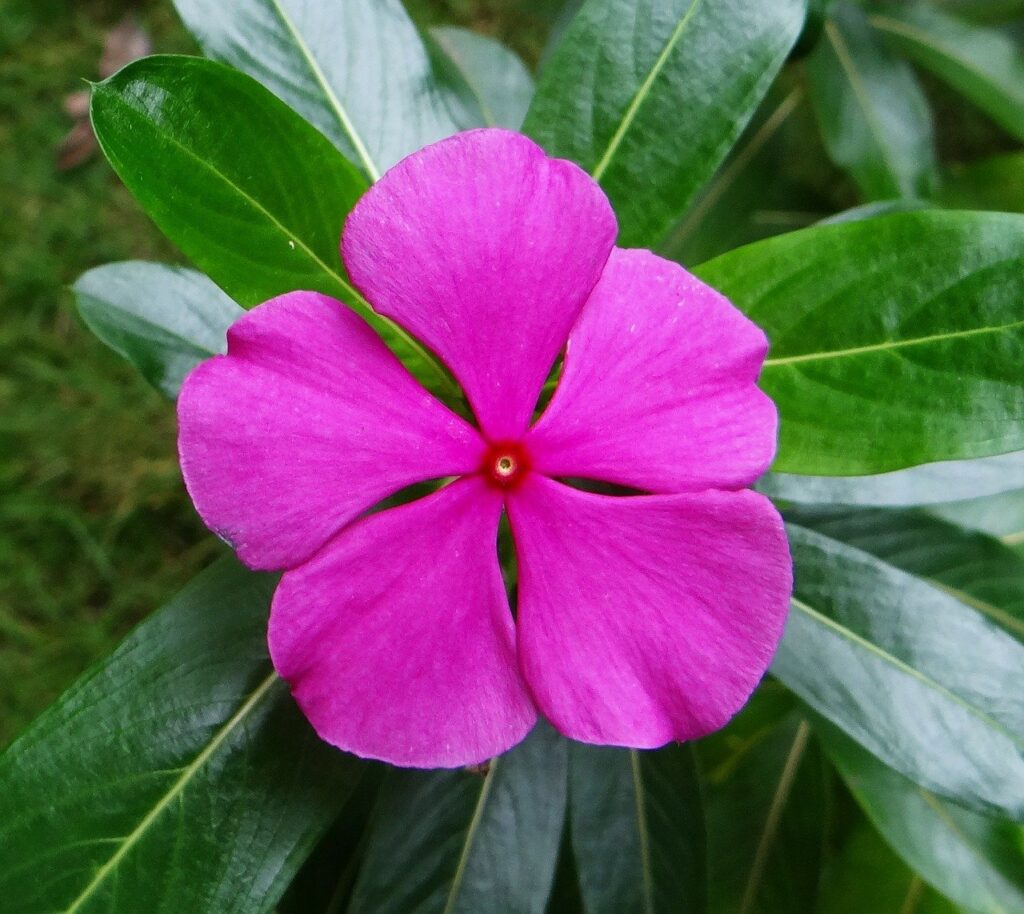
Dr Fazel, a clinical pharmacist says, “It means, future generations will have the ability to re-assess and re-evaluate undiscovered plant compounds with newer technologies.”
The gem here lies in maintaining biodiversity and conserving all plant species including those not known to have medicinal benefits yet, he explains.
But he warns, “…these initiatives should not come at the cost of stifling research and drug development due to bureaucratic measures.”
Seeing plants doesn’t mean knowing them, another scientist argues, basing on the fact that communities are being urged to play a role in identifying plants of medicinal value.
“We have a lot of cheaply available medicinal plants for lots of simple and complex diseases but we can also say there is no full link between the society and the lab works because many people can see plants but not know them,’’ says Frank Rwegoshora, a phytochemist and researcher on medicinal plants in Africa, currently based at the University of Copenhagen in Denmark for PhD studies.
Rwegoshora fears that lack of technology is a drawback in developing countries.
“For example, sophisticated machines mentioned [in the study] are very limited and even missing in majority of the countries. There is need for collaboration with developed countries when it comes to making analyses,” he recommends.
Golden opportunity for policymakers
A medical officer at the Traditional and Alternative Health Practitioners Council (TAHPC) in Tanzania, Dr Marko Hingi, believes that the innovation being undertaken in discovering more species of medicinal potential must respond to policy needs of all countries.
“Due to ongoing misunderstandings on how traditional medicines work, policymakers are likely not seeing this as golden opportunity. Research in these projects must answer questions from policymakers and all stakeholders must get involved…,’’ he says.
Above all, this story is a testament to the reality that if you save Mother Nature, you save life.
Reference:
Howes, M-J.R et al. (2020) Molecules from nature: Reconciling biodiversity conservation and global healthcare imperatives for sustainable use of medicinal plants and fungi. Plants, People, Planet. DOI/full/10.1002/ppp3.1013

